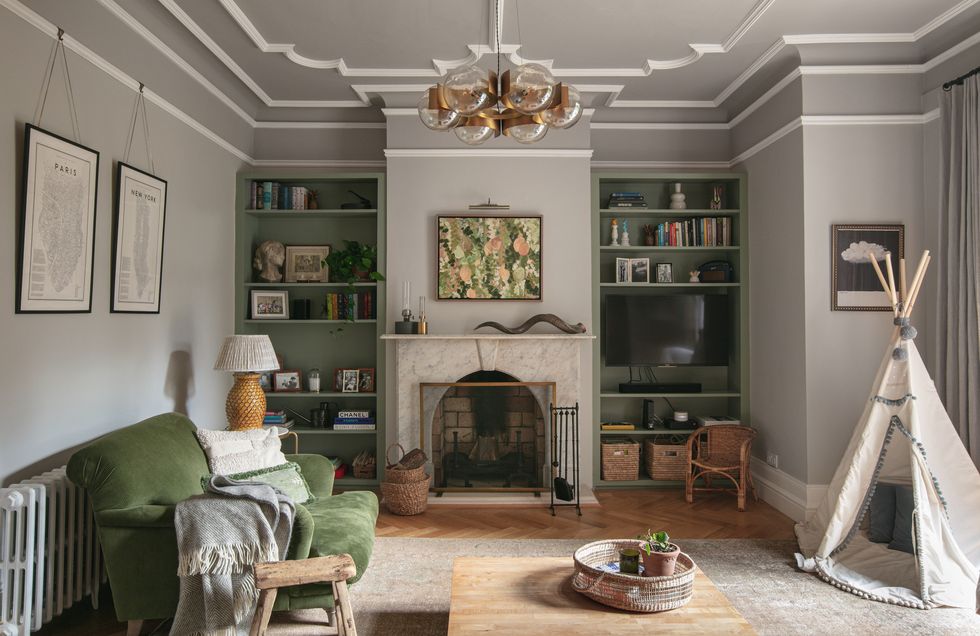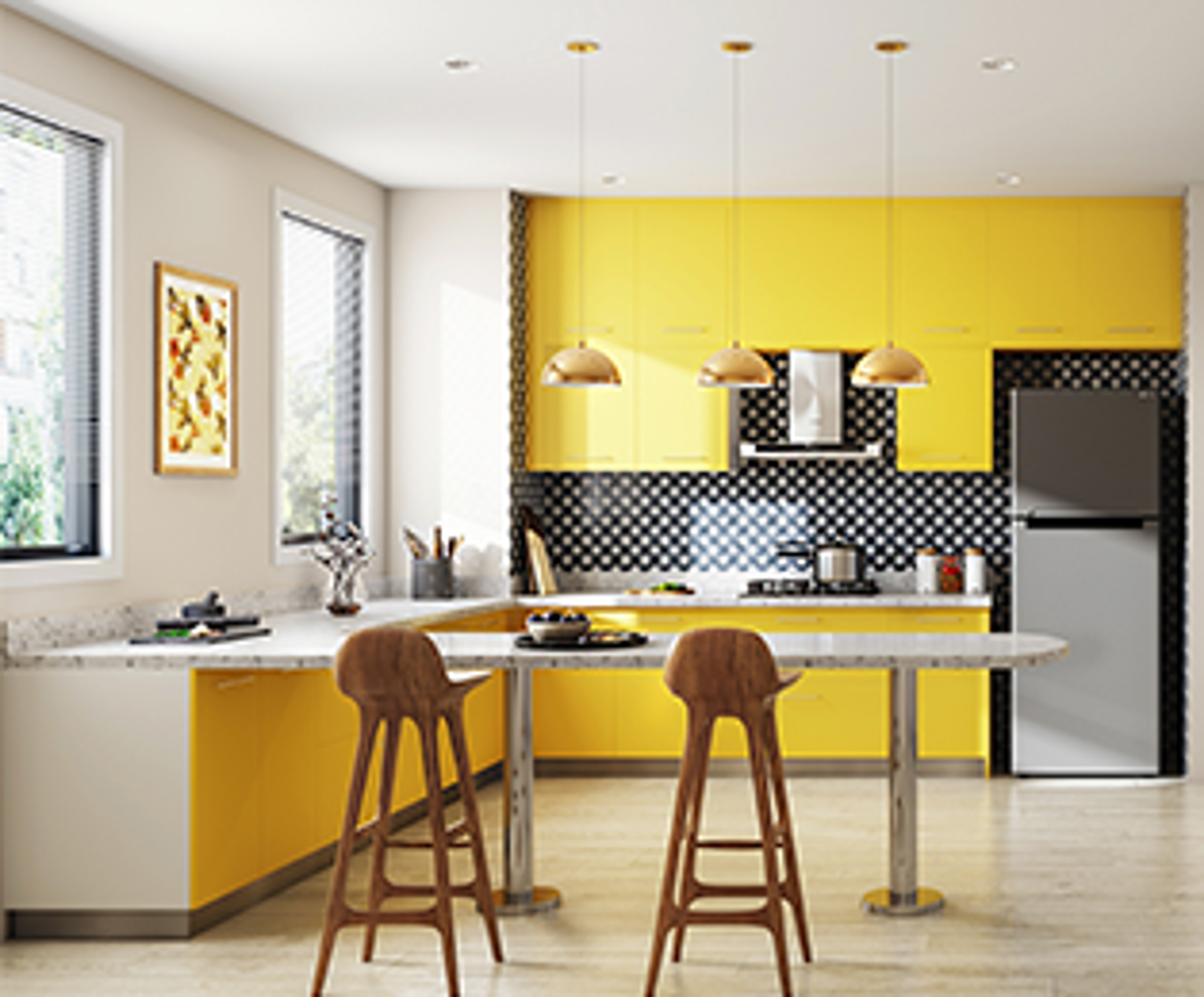Transform Your Home With Vital Principles of Interior Decoration and Aesthetics
By recognizing the impact of shade theory and the significance of structure and patterns, one can produce rooms that are not only aesthetically appealing yet also deeply individual. Achieving this equilibrium involves even more than mere decoration; it incorporates a tactical arrangement and a keen understanding of exactly how each aspect connects within a space.
Recognizing Shade Concept
Recognizing the principles of color theory allows designers to create spaces that resonate emotionally with passengers while fulfilling useful requirements. Each category plays an important function in establishing harmony within a space.
The emotional effect of shades is extensive; warm tones such as reds and oranges stimulate power and warmth, while awesome tones like blues and environment-friendlies promote calmness and harmony. Moreover, making use of complementary colors enhances visual passion, producing striking contrasts that can boost a room's allure.
Neutral colors, on the other hand, function as a flexible background, allowing various other layout aspects to radiate. It is vital to think about elements such as lights and the room's function when picking a color palette, as these can alter the understanding of colors throughout the day.
Inevitably, a well-considered color pattern can transform an area, fostering a feeling of convenience and style that lines up with the residents' choices. Mastery of shade concept is, as a result, an important ability for any interior designer aiming to develop harmonious and inviting settings.
Accomplishing Balance in Design
Just how can developers accomplish a sense of stability in their spaces? Achieving balance in style is basic to developing unified insides. Designers can utilize 3 primary kinds of balance: in proportion, asymmetrical, and radial. Symmetrical equilibrium entails setting up elements equally around a main point, fostering a feeling of order and serenity. This kind commonly includes pairs of furniture or art work, improving visual security.
Asymmetrical balance, on the other hand, depends on varying aspects that still achieve a cohesive appearance. This approach permits even more dynamic and casual arrangements, providing rate of interest while maintaining equilibrium. By meticulously choosing differing dimensions, shades, and structures, designers can develop a visually compelling area that feels balanced yet energised.
Radial equilibrium stresses a central focal point with components emitting exterior. This design is typically seen in round designs, where furnishings and style develop a natural border that attracts the eye internal.
Inevitably, accomplishing balance needs thoughtful factor to consider of scale, percentage, and the connections in between components. interior design firms. By skillfully using these equilibrium concepts, developers can change areas right into atmospheres that really feel both cosmetically pleasing and functionally harmonious, boosting the overall experience for owners
Importance of Spatial Awareness

An eager sense of spatial recognition enables developers to recognize centerpieces within a space, directing the visitor's focus to essential functions while preserving an overall feeling of unity. It likewise aids in the strategic positioning of lights, which can drastically influence the understanding of room and state of mind. Comprehending spatial connections makes it possible for the designer to cater to the details needs of residents, ensuring that each area offers its designated objective without endangering appearances.
Eventually, spatial recognition is important for optimizing the capacity of any type of interior area. By very carefully considering the interplay in between dimensions, layout, and feature, developers can create environments that not only fulfill sensible requirements but also stimulate a feeling of convenience and appeal, enhancing the general living experience.
Including Structure and Patterns
Accepting a diverse series of structures and patterns can considerably improve the visual and responsive allure of an indoor area. The tactical use numerous materials-- such as wood, steel, textile, and stone-- develops deepness and passion, making a space feel a lot more inviting and vibrant. Incorporating smooth surface areas with harsh appearances can develop an equilibrium that attracts the eye and engages the senses.
When incorporating patterns, consider both range and rep. Huge patterns can work as centerpieces, while smaller, refined layouts can match other elements without overwhelming the area. Layering patterns, such as pairing flower cushions with striped throws, adds intricacy and a sense of harmony if performed sites thoughtfully.
It is also crucial to keep a natural color combination, guaranteeing that appearances and patterns function with each other rather than contend for focus. By selecting a couple of key structures and patterns, you can create a linked visual that shows your personal design while boosting the general atmosphere of the space. Eventually, the mindful incorporation of these components can transform an ordinary room right into a sophisticated setting rich with personality and heat.
Personalizing Your Room
Developing a space that mirrors your personality is essential to attaining a truly welcoming atmosphere. Customization in interior decoration permits you to infuse your one-of-a-kind style and passions into your home, transforming it from a plain sanctuary right into a sanctuary that speaks with who you are. Begin by selecting a shade palette that reverberates with your feelings-- vibrant hues can stimulate, while soft tones offer harmony.
Include artwork and decor that mirror your interests, whether it be travel, nature, or abstract ideas. Showing personal collections, such as books, photographs, or mementos, can stimulate valued memories and develop centerpieces within a room. In addition, consider customizing functional items, like upholstered furnishings, to align with your aesthetic choices.

Verdict
To conclude, the improvement of a home with the essential principles of interior style and visual appeal requires a comprehensive understanding of color theory, equilibrium, spatial recognition, texture, and personalization. Each aspect adds significantly to creating a harmonious and practical living setting - miami interior Bonuses design. By thoughtfully integrating these principles, individuals can improve the aesthetic charm and psychological vibration of their rooms, ultimately promoting a home that mirrors one-of-a-kind identifications while providing comfort and practicality